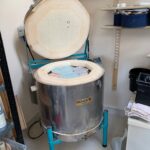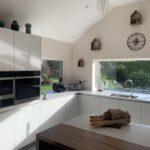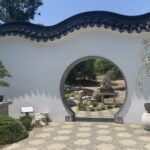Often potters would refer to their kiln as a magic box, where pieces go in and are taken out mysteriously transformed after the firing. Sometimes they are even talking to making offerings to the so called kiln gods to facilitate a successful firing (LOL). The pieces going through the firing are truly transformed, but there is no magic… just science. The heat in the kiln is the catalyst for chemical transformation of your clay into hard, stone-like and durable ceramics and the transformation of the powder-like coating to glassy glaze.
The ceramic kiln is no ordinary oven.
Firstly, the temperatures reached by the ceramic kiln are way higher than an ordinary household oven. Typical temperatures reached in a ceramic kiln are around 1000 degrees Celsius for a bisque firing (first firing, where green ware is transformed to bisque ware, ready to be glazed) and up to 1300 degrees Celsius for a glaze firing, depending on what type of clay and glazes you are using.
Secondly, the looks of a ceramic kiln are different to our household oven. It generally has a metal external frame, covering a layer of isolating bricks with grooves where elements are inserted into made of a special alloy referred to as Kanthal. Kanthal is the trademark for a family of iron-chromium-aluminium (FeCrAl) alloys used in a wide range of resistance and high-temperature applications. Kanthal alloys consist of mainly iron, chromium (20–30%) and aluminium (4–7.5 %). The kiln can be round or oval shaped which are generally loaded from the top (mind your back!) or can look like strange looking wardrobes with a front door used to load it. When it is an exceptionally big version, there is even a sort of trolley that can be rolled out of it, in order to load it comfortably.
The technology behind the electric ceramic over is also slightly different. Electricity runs through the elements I mentioned before, causing resistance in the metal, creating heat which is than released into the kiln through convection (heating of the air around the elements), conduction (heating of the bricks in the kiln) and radiation (heat released by the bricks and the ceramic content of the kiln).
On most ceramic kilns nowadays computerised control panels are installed through which the temperature can be determined quite accurately as well as the time it requires to reach that temperature.
Besides the electrical kiln, there are other options like kilns fuelled by gas or wood. With those kilns particular effects can be obtained on your ceramic pieces (flashing, reduction, …). They are however more complex to operate especially in densely populated areas where often strict requirements are imposed to minimise hazards and nuisance.
Buying a kiln is quite an investment, but if you’re truly passionate about ceramics it might be worth considering.
I hope this short article might be of interest of you. For any comments or questions in relation to this article, please do not hesitate to contact me; for any technical questions however, you might be better off contacting your local kiln expert 😉

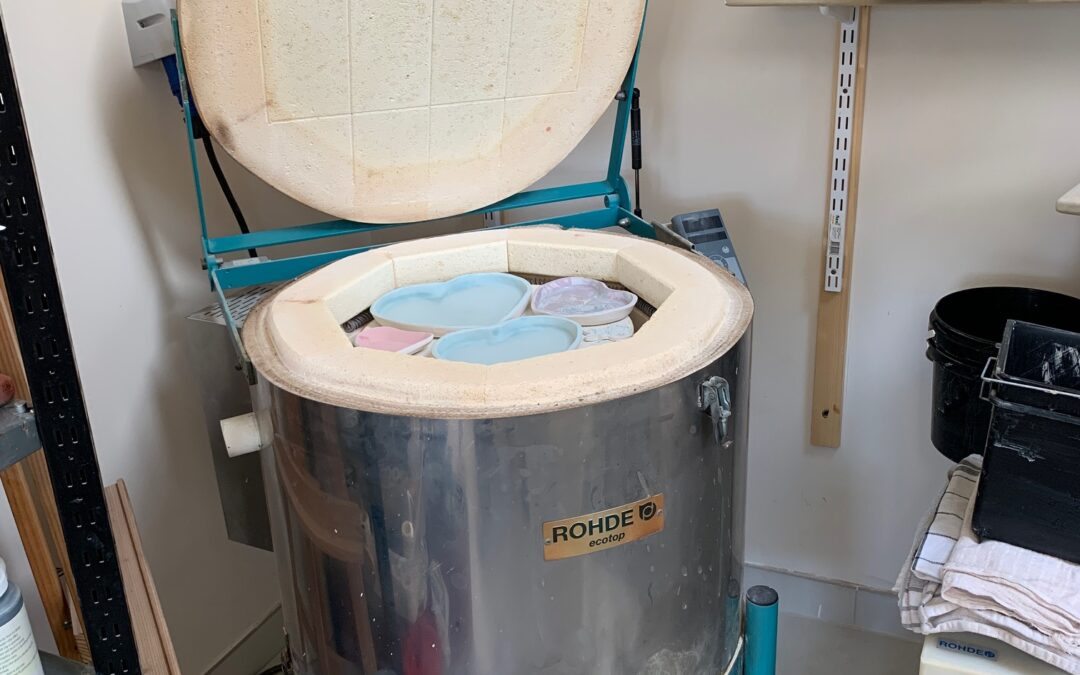
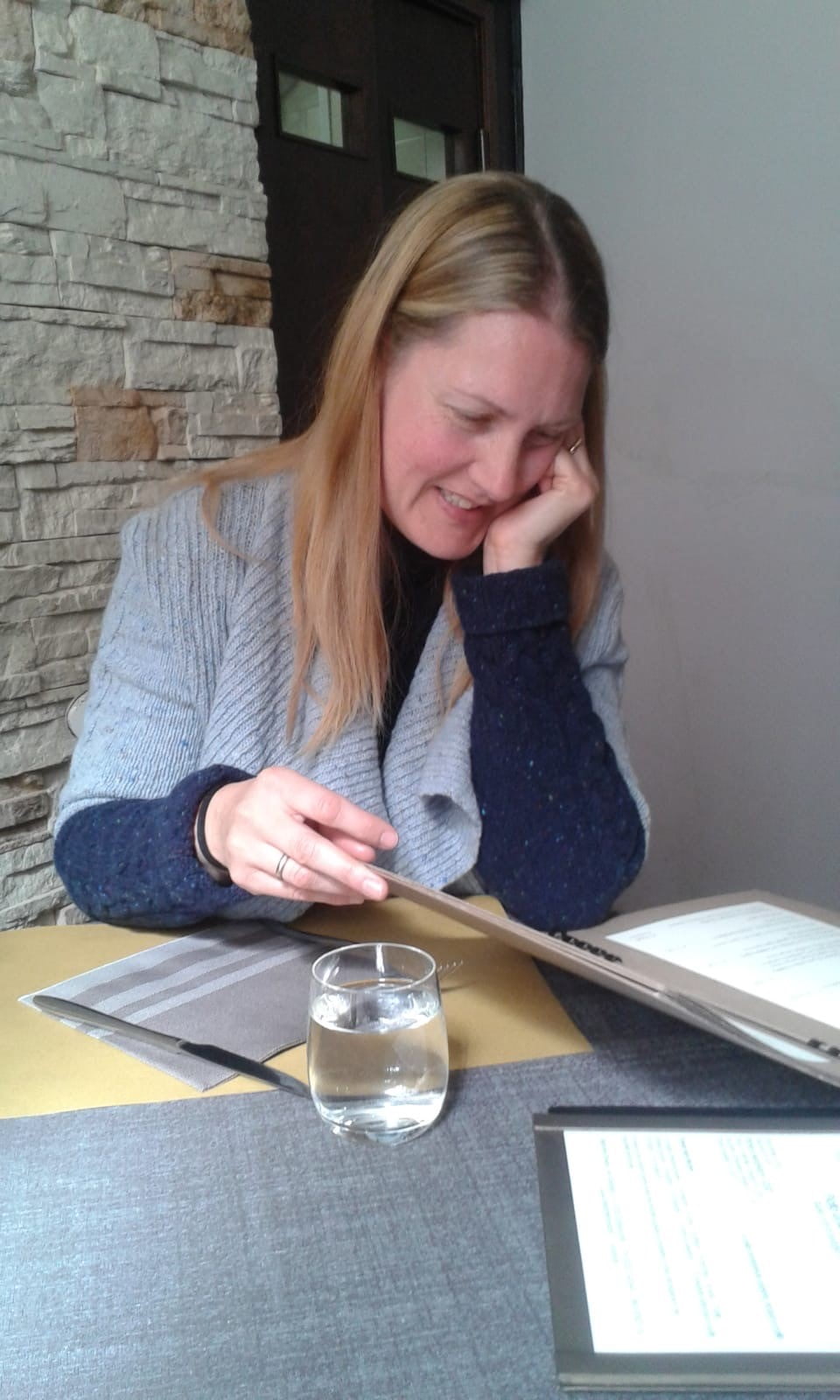 My name is Elisa; I am a woman, a mum, a daughter, a friend and a wife… and a passionate ceramicist/potter.
My name is Elisa; I am a woman, a mum, a daughter, a friend and a wife… and a passionate ceramicist/potter. 

